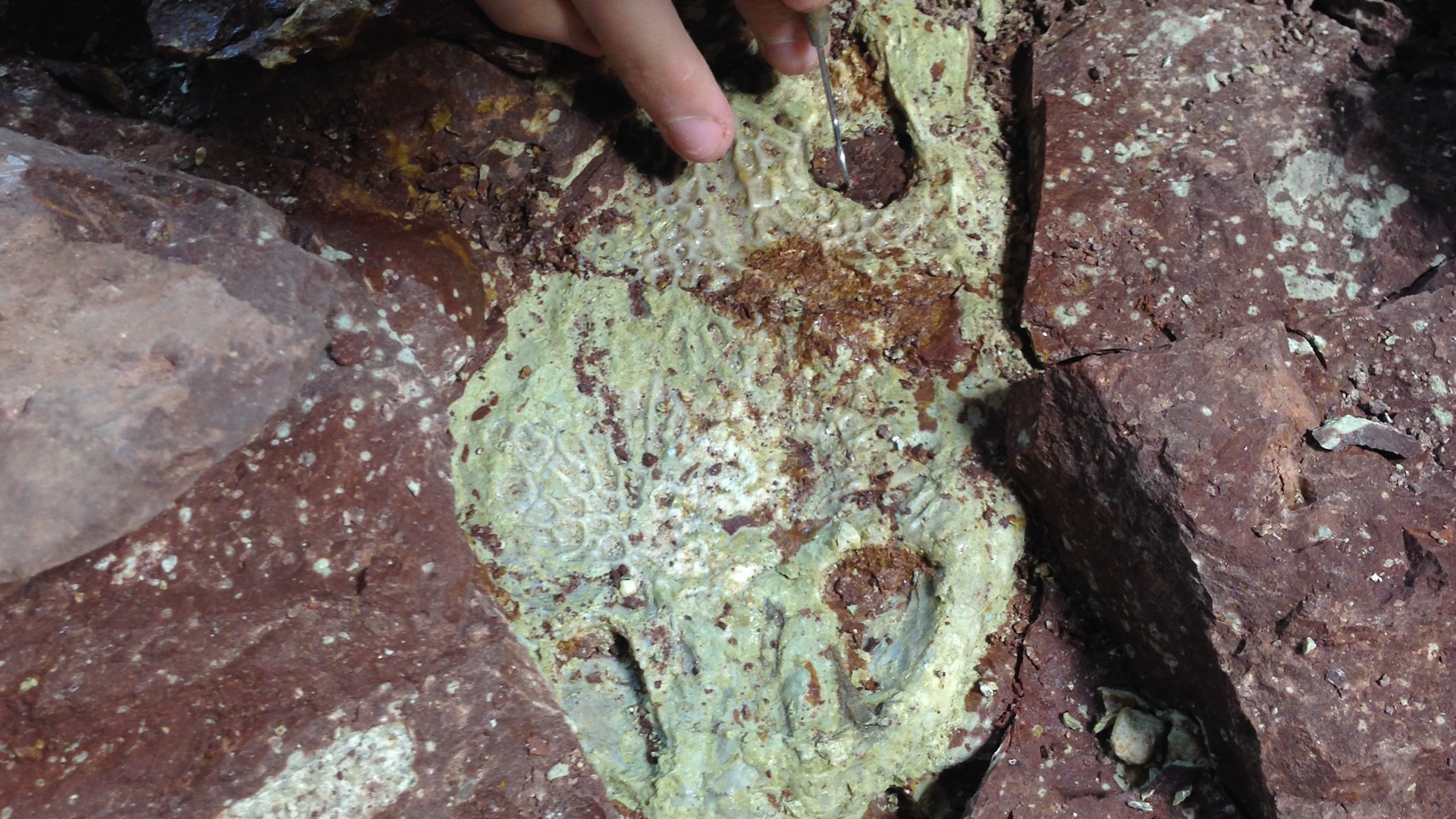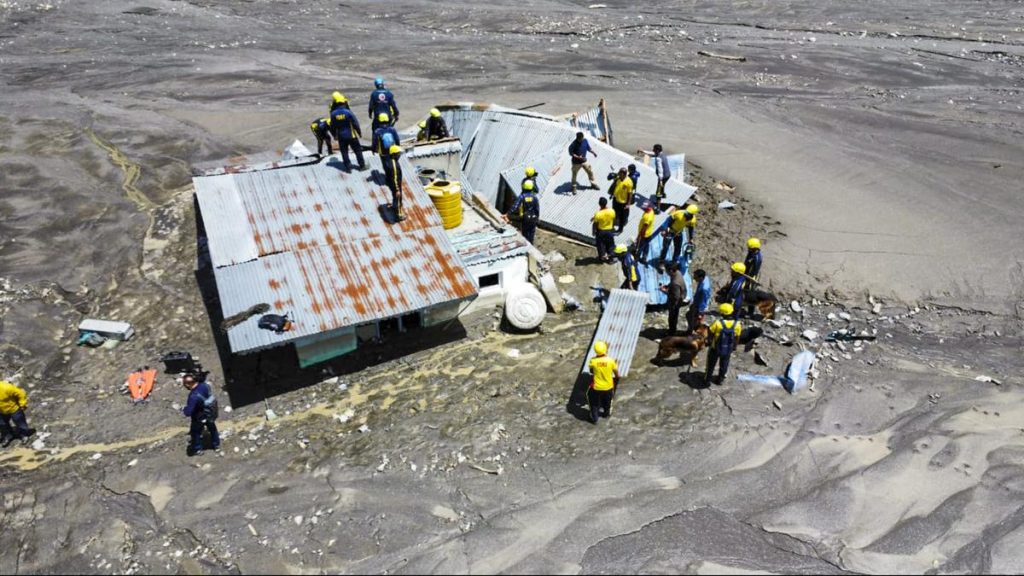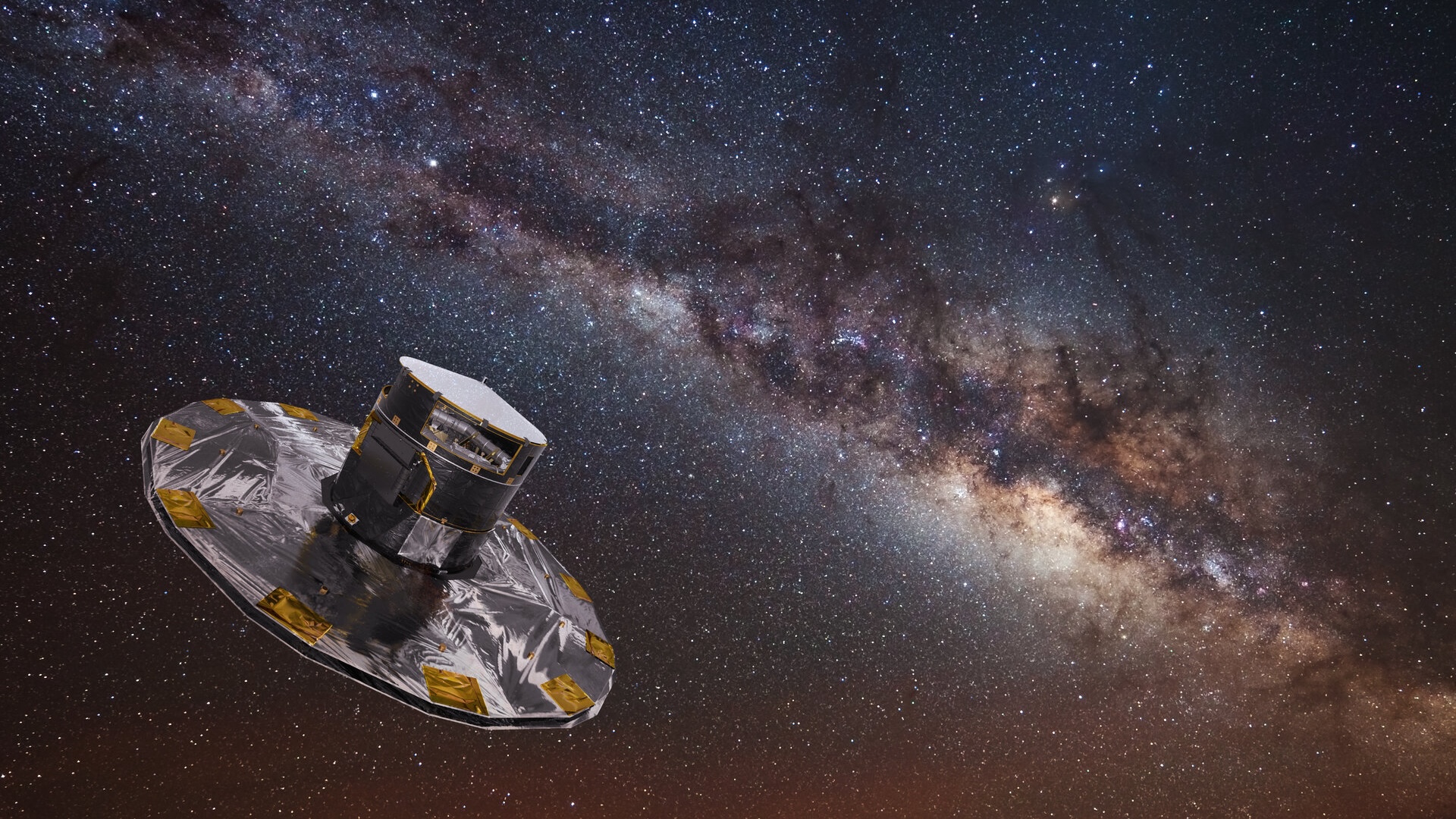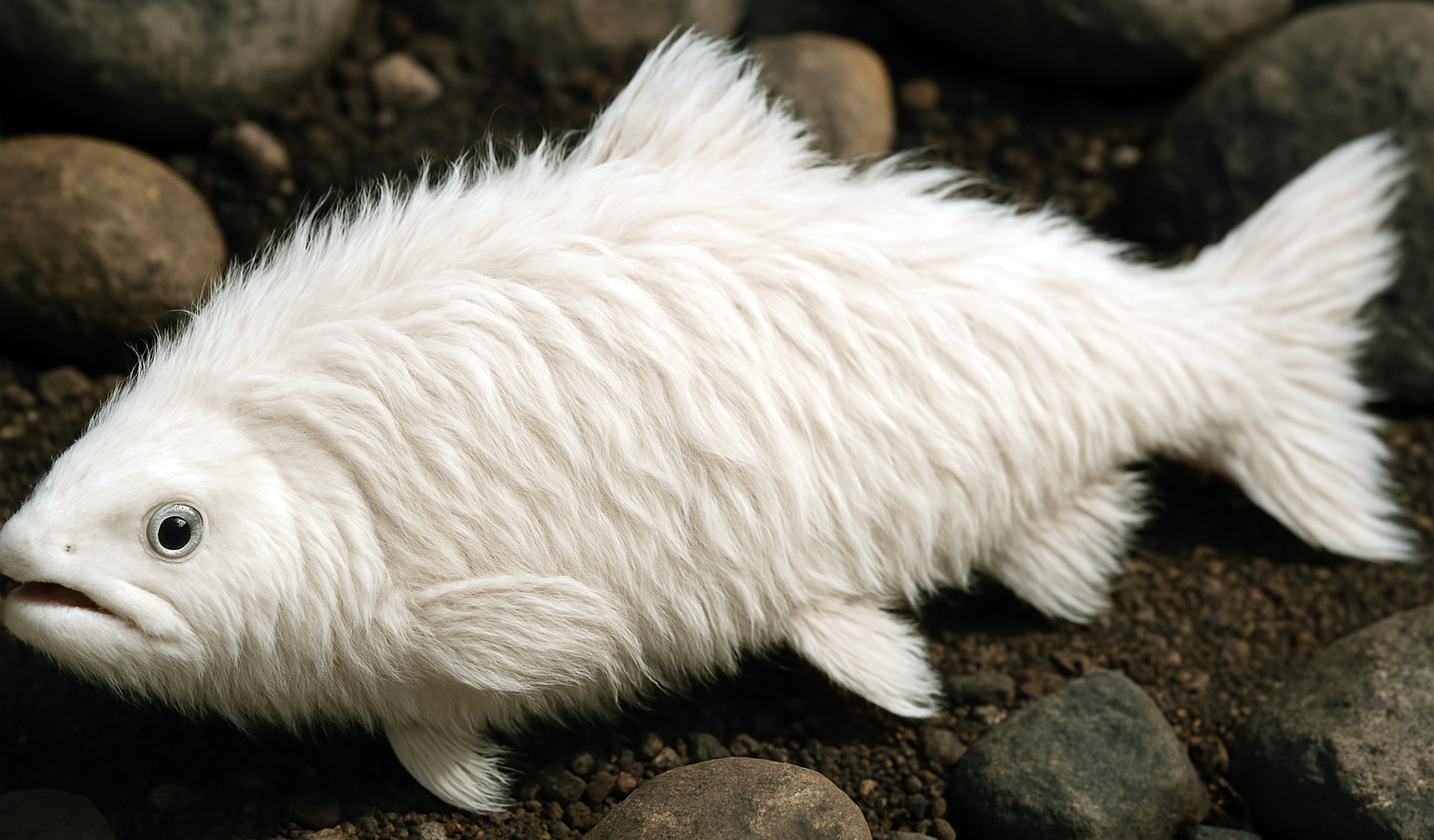Now Reading: Mass Die-Off of Alligator-Sized Triassic Amphibians Unearthed in Wyoming
-
01
Mass Die-Off of Alligator-Sized Triassic Amphibians Unearthed in Wyoming
Mass Die-Off of Alligator-Sized Triassic Amphibians Unearthed in Wyoming

Quick summary
- Researchers discovered a 230-million-year-old fossilized bone bed of Buettnererpeton bakeri amphibians in Wyoming, spanning excavations between 2014 and 2019.
- These alligator-sized amphibians belonged to the metoposaurid family and are the oldest North American species from this group.
- Fossils indicated these amphibians lived during the Triassic period (252-201 million years ago) in freshwater environments like lakes and rivers.
- The bone bed represents a mass die-off, possibly due to environmental conditions like drying bodies of water; researchers suspect it depicts individuals from a single population rather than bones accumulated over time.
- Fossilized plants,bivalves,and coprolites (fossilized excrement) were also found at the site alongside varied skeletal remains that illustrate growth stages of B. bakeri.
- Findings suggest these fossils could assist in dating other similar prehistoric sites and studying metoposaurid progress.
Indian Opinion Analysis
The discovery of fossils dating back to the Triassic period underscores progress in paleontology toward understanding ancient ecosystems and extinction events-a field wiht wider implications even for countries such as India with rich prehistorical terrains like those in Gujarat or Rajasthan’s Indus Basin sites. Although occurring far from India’s geography, this study highlights how meticulous excavation techniques can uncover untapped knowledge about species evolution, environmental stress factors leading to mass die-offs, or possible climate patterns influencing biodiversity shifts millions of years ago.
For India itself-home to remarkable fossil finds including dinosaur eggs from Madhya Pradesh-it provides an example that collaborative research can yield major scientific breakthroughs when paired with modern analytical methods like sediment analysis for age determination used here. Similar approaches could be employed on Indian geological formations for deeper insights into its prehistoric past while contributing globally to understanding interconnected ecosystems across continents.
























